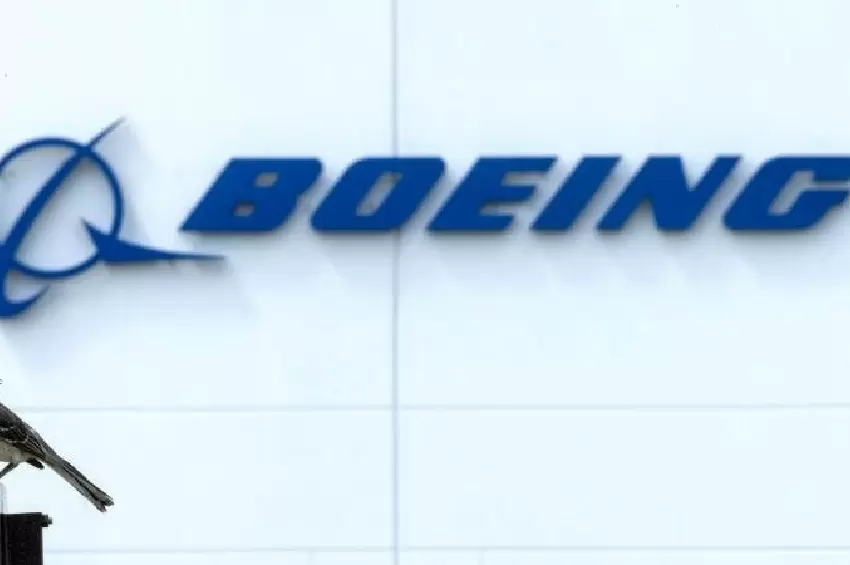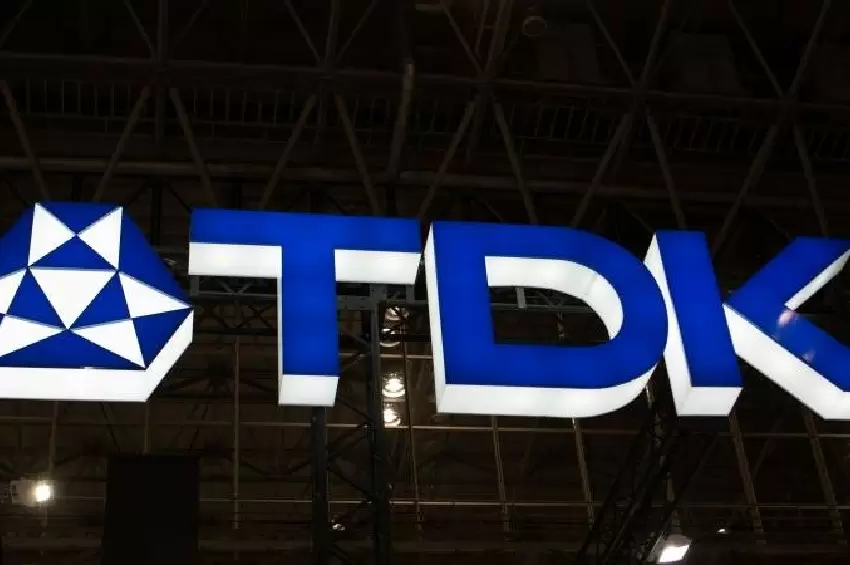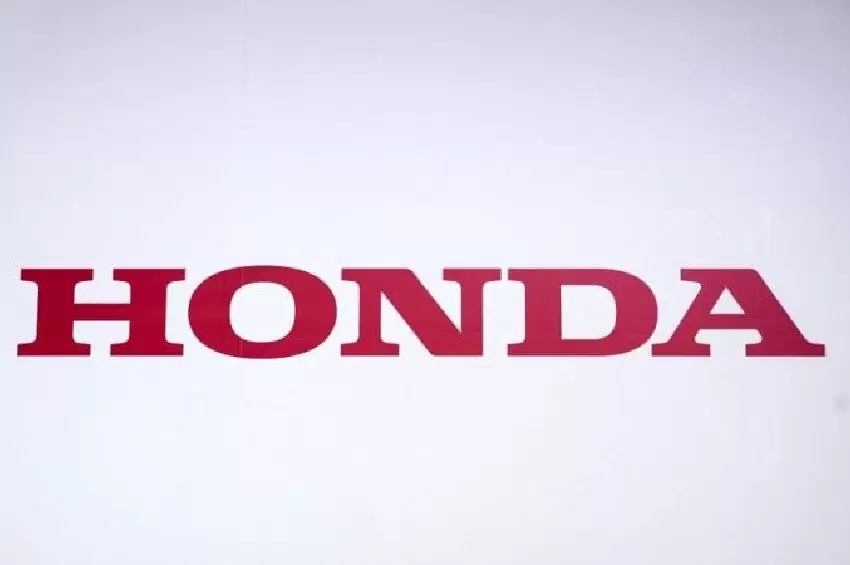Capital Return Challenges for Indian PE and VC Funds
From March 2014 to March 2024, only 25 private equity and venture capital funds in India managed to return 100% or more of the drawn-down capital to their investors. This exclusive analysis, obtained from Crisil, highlights the unique challenges and successes within the Indian investment landscape.

Among the venture capital funds established during the fiscal year 2013-14, three funds successfully achieved complete capital repayment to their LPs. This achievement is particularly noteworthy given the extended investment cycles, now reaching up to 11 years, thanks to Sebi-approved extensions.
Investor Expectations and Market Realities
Investors, primarily institutional entities including family offices, pension funds, and financial organizations, are increasingly cautious. The performance of funds is scrutinized through metrics such as distribution to paid-in (DPI), internal rate of return (IRR), and total value to paid-in capital (TVPI). A substantial DPI ratio is highly valued as it exclusively considers realised returns.
Industry experts point out the significant disparity between funds that perform well and those that do not. PE funds, investing in mature companies, tend to have better DPIs compared to VC funds, which invest in younger, higher-risk companies.
Looking Beyond Legacy Brand Names
As the market evolves, LPs are now looking beyond legacy brand names, focusing instead on individual partner performance and attribution across funds. This shift underscores the importance of selecting the right fund, ensuring access to top quartile funds, and managing and tracking investments on a consistent basis.









Comments